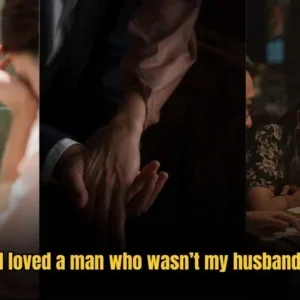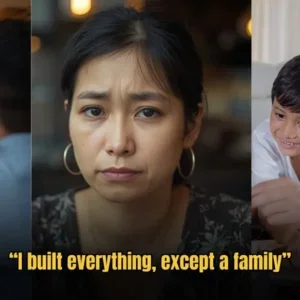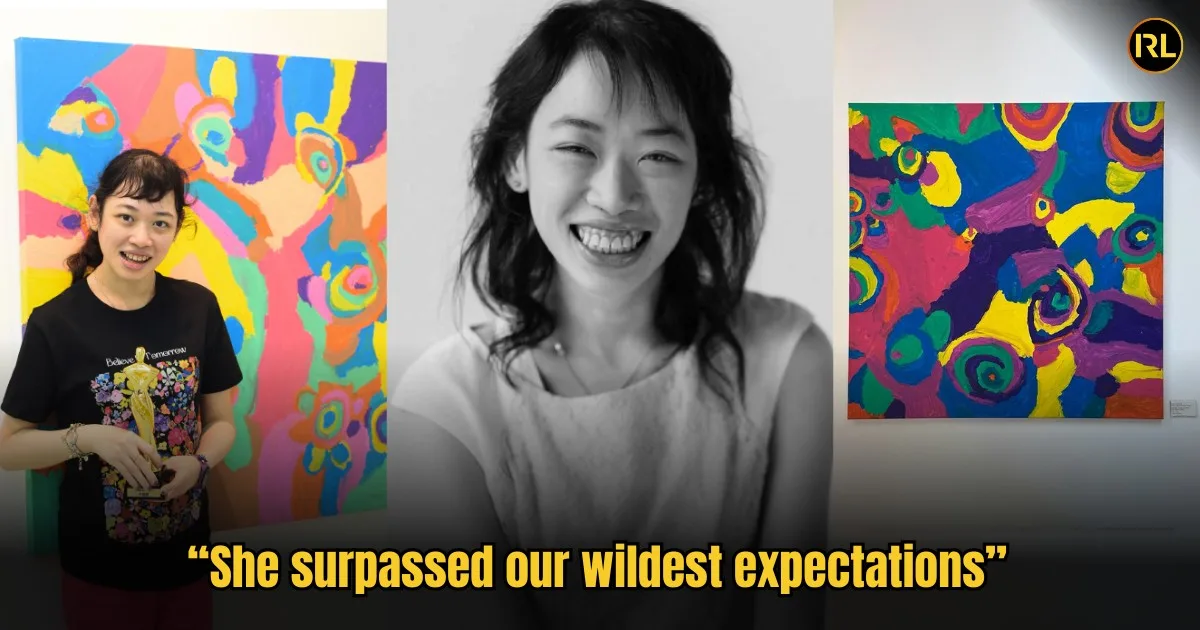
This is the story of Janet Lee, an epileptic artist and colourist who succumbed to cancer, as shared by her mother Joyce Moi.
“What a beautiful, lively baby she was!” Joyce recalls wistfully with a laugh. 8 month old Janet, the younger of two siblings, seemed perfectly healthy – until one night when she had a seizure.
After coming back from dinner, Joyce had gone to take a shower while her husband was looking after Janet.
During her shower, Joyce’s husband noticed Janet’s body stiffening with her eyes rolling up. He ran upstairs and alerted Joyce.
“I immediately felt something was wrong,” Joyce remembers.
They rushed Janet to the nearest clinic, where it was confirmed that what Janet was experiencing was indeed a seizure, which the doctor attributed to a viral infection.
“I was in complete disbelief, because she had seemed in the pink of health,” Joyce added, shaking her head.
After that incident, 8 months passed by without incident, until the seizures mysteriously returned.
“This time, they were quite severe, and I was absolutely terrified,” Joyce confided. “She would suddenly collapse, followed by jerks all over her body.”
Frequent visits to doctors yielded no results. Janet underwent numerous tests and was put on various medications, but none were successful in completely curing her of her condition.
Meanwhile, the seizures would become distressingly frequent. “It was devastating,” her mother admitted.
“We were constantly on edge, watching over her for signs so that we could rush in before she could harm herself.”
When Janet started school at age 5, her mother noticed that she had learning difficulties and couldn’t retain what she was taught. “My mother-in-law advised me to be patient, saying that children develop at different paces, and some just need a little more time.”
Janet’s learning problem persisted when she turned 7, and finding a school that was willing to accept Janet proved difficult.
“Not many schools were willing to take on the responsibility of having an epileptic child as a student,” Joyce remarked.
Even the school where her older sister was in refused to accept her enrollment. Her parents tried convincing the school that, being 13 and already in Form 1, her sister was capable of knowing what to do if and when Janet had a seizure.
After a long and frustrating search, they finally found a private school that was willing to accept her.
Joyce and her husband took her to an educational psychologist, who informed them that her learning issues most likely were affected by the side effects of the epileptic drugs that she took.
They were advised on two paths to take for her. The first one was to leave her where she is and let her find her way, and the second path was to apply for an OKU card for her and enrol her in a school that catered to children with special needs.
“It was a difficult decision to register her as an OKU child,” shared Joyce.
Janet was enrolled in a government school and was placed in classes that catered to children with special needs.
“From the outside, Janet seemed so neurotypical and full of joy. It was painful to see her being placed in a class with children who had more severe disabilities. But we felt that the environment would be safer for her.”
When Janet reached her teenage years, she started to realise that she wasn’t progressing as fast as her sister and cousins.
“On some level, she sensed it, and it saddened her,” Joyce recalled.
Janet also faced social pressure to fit in at school. When she started secondary school, she was frequently bullied by one of her schoolmates.
“She would come home with bruises,” said Joyce.
Her parents went to the school to ask what the school was going to do about it, but they were told that the schoolmate who assaulted her was a known troublemaker who terrorised the other students as well, and there was nothing much that could be done.
The principal’s reply was, “This is a class for special needs. If we expel her, where is she going to go?”
For obvious reasons, Janet was eventually removed from the school. In replacement of formal schooling, Joyce arranged for her to attend private classes instead.
“It was a tough period for Janet because she was being shuttled from one activity to another. It was also challenging for me because I was coordinating all these activities for her, and I soon realised that not everything suited my daughter.”
Since she couldn’t express her feelings verbally, she started becoming aggressive. Perhaps it was all this shuffling here and there, and also her realisation that she was not on par with her sister and cousins that made her feel angry and helpless.
Initially, she would burst out in anger to her family members and her pet dog. Eventually, it was toward other people who upset her.
“In one incident, she nearly started throwing punches at a lady over a very trivial matter.”
Joyce frantically went around searching for advice from a psychiatrist. After being on medication for two weeks and having her schedule reviewed, her parents took steps to manage Janet like any other teenager instead of as a child with special needs, and Janet’s mood stabilised.
Time passed without much progress. Janet was still illiterate, lacked self-confidence, and was very emotional.
When Janet turned 16, a breakthrough came during a family trip to Australia for her older sister’s university graduation.
Joyce consulted two specialists. The first one, a child psychologist, diagnosed Janet with intellectual disabilities, while the second one, a specialist who worked with children who had learning difficulties, suspected that Janet’s inability to read and write could be due to issues with her vision.
“I followed the first specialist’s recommendation, and I went to see someone to work on her vision. In that very same year, my daughter learned how to read and write,” Joyce shared, smiling at the memory.
“I had finally found someone who could tell me what was holding her back!” she said.
Janet started having a passion for learning and her self-confidence grew. Over the years, Joyce recognised Janet had a keen interest in colouring, so she enrolled her in art classes.
Unfortunately, after approaching five teachers to give her art lessons, all of them concluded that Janet ‘wasn’t a gifted artist,’ as she had difficulty following certain rules or specific structures when drawing or colouring.
As no one else in the family came from the creative field or loved art (including Joyce herself), the family accepted this feedback as the truth.
However, after introducing Janet to many other hobbies such as singing, dancing, and music, Joyce noticed that Janet’s interest was still in colours.
So Joyce kept searching for a teacher who understood Janet’s disability. After years of searching, Joyce finally found one, and the first thing she did was to share with her everything that the previous art teachers had said about Janet and told her not to repeat them. Instead, the teacher should just see what she can do with Janet over her love for colours. Incredibly, this worked.
“Janet has her limitations, but she has patience, and her colour sense is good even though she never follows the rules!” shared the art teacher.
In 2014, under her guidance, Janet had her first exhibition in the United States, called The Hidden Truths Project. It is an art exhibition where every painting is done by someone who has epilepsy.
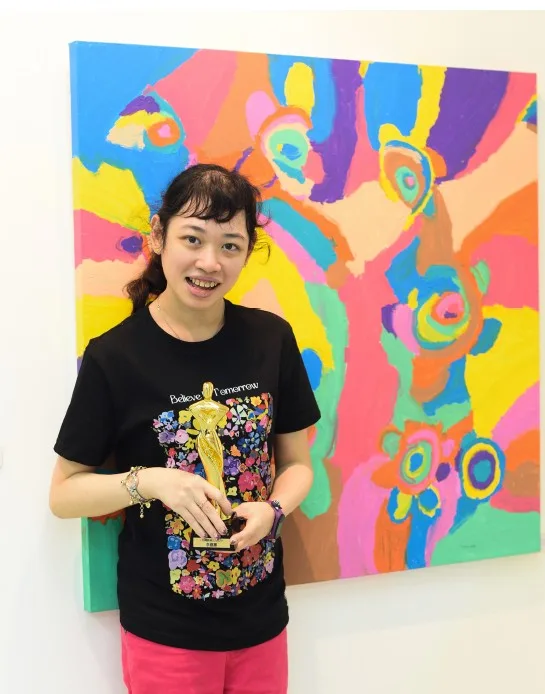
It was here that Janet’s self-esteem started to grow. Her phobia that she was an epileptic left her as she saw that there were others there who had the same illness as her.
She was warmly welcomed by people she didn’t know, and the fact that her painting was sold even before the exhibition was opened compounded her joy.
While she produced many more beautiful paintings that were subsequently sold, Janet would
continue to let her imagination and fantasy loose. In her world, a banana could be purple, and the ocean would be yellow. There were no limitations to what she could do with a paintbrush in hand.
“I always wondered why she would still do things her own way when what she learned in art class was giving her so much recognition.” These were words that kept running in Joyce’s mind.
In 2017, Joyce found an artist who was willing to be Janet’s mentor. She shared her worries with him and was assured that as an artist, he would be able to tell Joyce if Janet was a born artist once he started working with her.
It was a relief when Joyce was told that Janet was a colorist. Her paintings, inspired by nature, focused on vibrant colours.
Since then, this young artist has continued to forge ahead, earning numerous accolades, including the Young Inspiring Woman Award in 2021, the NFT Superstars Award in April 2022, and the Highly Commendable Award from the International Bureau for Epilepsy (IBE) in 2023.
However, fate again dealt her a cruel blow. As Janet’s star glittered brightly in art circles, both locally and internationally, her health began to deteriorate, especially after she contracted COVID-19 in December 2022.
Sometime at the end of April, Janet began experiencing stomach pains, which ultimately led to her cancer diagnosis on 11 May 2023.
“By the time Janet reached an unbearable state of pain and was willing to undergo a check-up, it was already at an advanced stage,” Joyce recounts.
The prognosis was bleak, and Janet chose not to pursue the intensive treatment that had been recommended for her.
Her concerned parents sought many second opinions from various doctors, but each one delivered the same verdict — Janet needed to undergo an invasive operation to endure punishing rounds of chemotherapy, and her health condition would make it unlikely for her to survive the aggressive treatments. By then, Janet was severely malnourished and weighed only 34 kg.
“My husband and I had to engage in yet another difficult conversation,” Joyce says gravely.
“Did we want her to endure painful treatments and suffer to the end, or could we allow her to make her own choice?”
They finally agreed to let Janet decide, and she bravely chose to spend her remaining time at home. Though her body was frail, her spirit remained robust, and she wanted to live life on her own terms.
In the last days before her passing, Janet was finally able to articulate her emotions.
Calling out to her parents and her sister, she said: “I love you. I will always be with you. I will never leave you. We are a family.”
Hearing these words, tears ran freely down Joyce’s face. “My daughter, who was never able to express her feelings, told us these words again and again.”
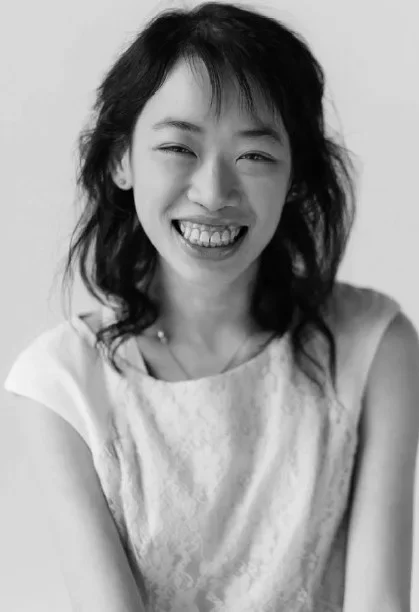
In July 2023, Janet passed away peacefully at the age of 33. After Janet passed on, all her remaining artworks were sold, and Joyce had thought this was the right closure for Janet’s life.
But it was Janet’s sister who encouraged her to carry on the roadmap that was set up when the Janet Lee Gallery opened its doors, by supporting and mentoring family members of other neurodivergent artists. With that, the “House of Janet Lee” was launched on 7 November 2023.
Despite being dealt a crippling blow early in life, Janet did not let her condition define her; rather, she made her mark on the world and left a lasting legacy behind through her vibrant and enigmatic paintings. Her life story shows how anyone can make the best out of life even through seemingly insurmountable challenges.
This story is an excerpt from the book: Embracing Imperfections: Women’s Stories of Triumph by Lian Wai Bee.

Lian Wai Bee is an author, speaker, and seasoned marketer with over 30 years of experience in marketing management. Her book, which is available now, showcases women’s resilience, their ability to overcome barriers, and embrace life despite its imperfections. Priced at RM33.70 per copy, 20% of net book sales will be dedicated to supporting the National Cancer Society of Malaysia.
Have a personal life experience to share?
Submit your story and be heard.
Email us at ym.efillaerni@olleh and you may be featured on In Real Life Malaysia.
Also read: I Had a Miscarriage, Quit My Job and Had Depression, But My Sons Gave Me A Reason To Live
I Had a Miscarriage, Quit My Job and Had Depression, But My Sons Gave Me A Reason To Live
More from Uncategorized
I Hired The ‘Abang Lorry’ Service But Was ‘Scammed’
It was a total scam. I requested for a one-tonne lorry but a five-tonne lorry arrived instead! The driver kept …
TikTok Made Me Want To Breakup With My Conflict-Free, Boring Relationship
I was constantly seeing videos on TikTok of girls saying “this is your sign to break up with that man.” …
